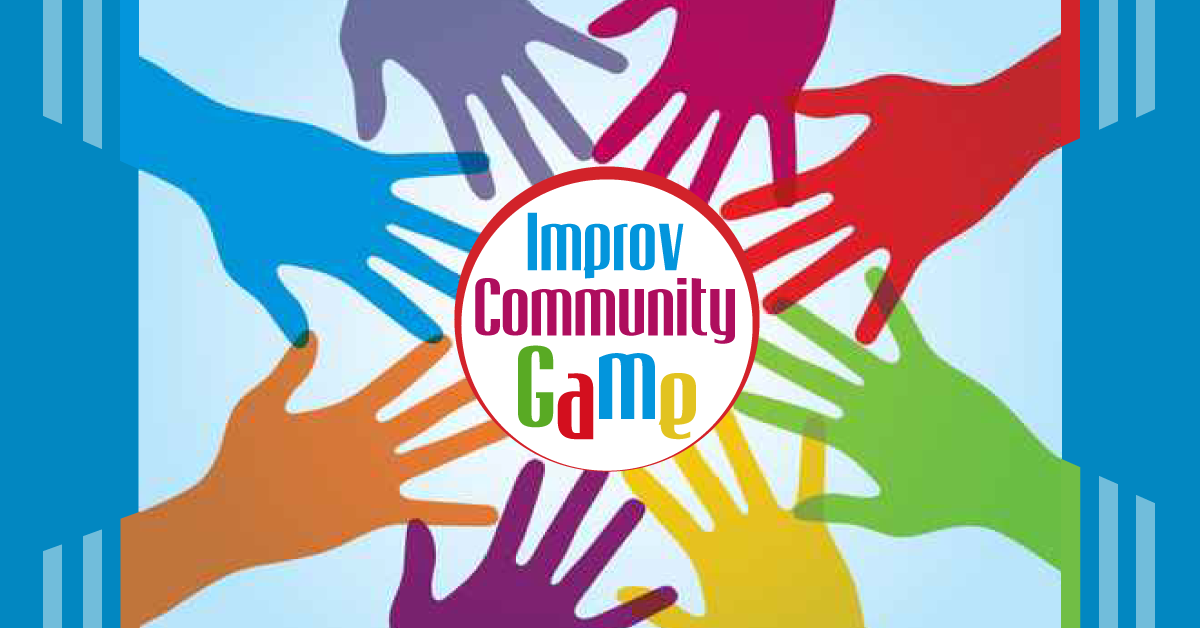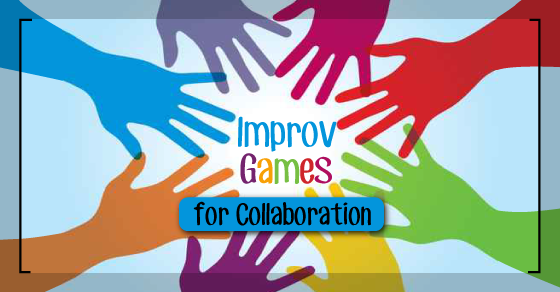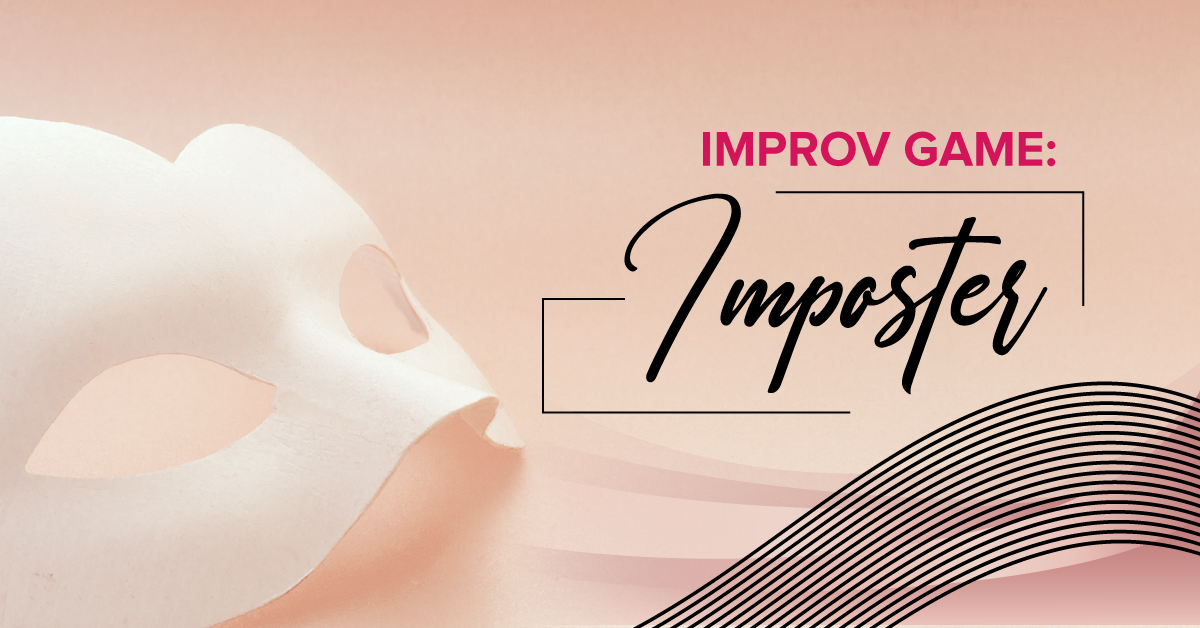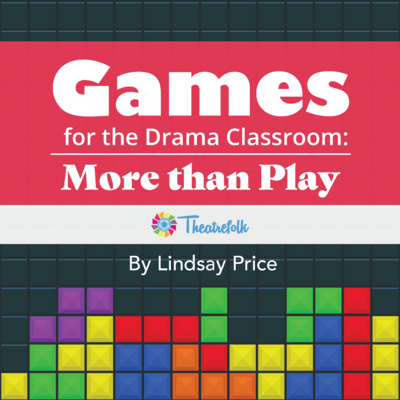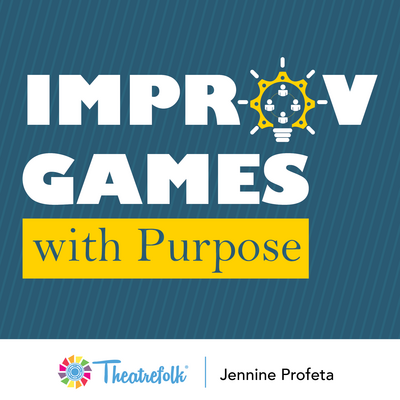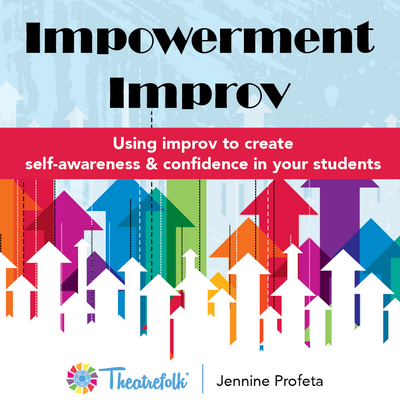“Improv Community” Game for Drama Students
This improvisation game is great for students who are brand-new to improvisation. It focuses on students going with the flow and joining in the scene, rather than trying to one-up another and “force the funny.”
One of the most important aspects of improv is the concept of “yes, and…”, which keeps the scene going. Students must accept then build onto their peers’ suggestions. For example: If one student says, “It sure is hot here in Florida!” their scene partner cannot reply with, “What are you talking about? It’s -30 degrees here in Winnipeg.” The scene would be officially dead!
Improv Community
With the game “Improv Community,” the focus is on listening and going with the flow. Divide students into groups of 5 to 6. The larger group size encourages more listening and being fully aware of what’s happening.
Assign each group a scene where people would interact a great deal, like a kindergarten classroom, a busy shopping mall, or a fitness centre. One student will start the scene, and then each member of the group will join in. Students don’t have to join the scene alone; they can grab another group member and have them join in at the same time. The trick is that the other students must go along with it!
Example
Let’s use the example of the kindergarten classroom. The scene could start with one student acting as the kindergarten teacher and setting up the room, and the second person to come on might be one of the kindergarten students, dragging their parent (a third student) in to see their classroom. The fourth, fifth, and sixth students might be additional kindergarten pupils, another teacher in the school, a principal, a special guest for show-and-tell… The possibilities are endless!
Students don’t get any time to prepare – since this is improv, all thinking has to be done in the moment. Encourage students not to come up with wild ideas or crazy scenarios. They need to create and commit to a real, honest character, and react appropriately to what’s going on around them.
Most Important Rules
The most important rule of “Improv Community” is that only one actor can speak at a time. That way the scene doesn’t devolve into everyone yelling at or over each other. This teaches students patience and listening skills. They need to work together to make the scene happen, while also listening to each other, so they can figure out when to say what their character wants to say.
The second rule of “Improv Community” is that each participant must speak at least three times during the scene. This will prevent one student from dominating the scene.
Here’s how the kindergarten class scenario might go:
Student #1 (teacher): Good morning Susan! How are you today?
Student #2 (Susan): I’m OK, Mr. Smith. I brought my mom to school today.
Student #1 (Mr. Smith): Hi, Mrs. Jones. What brings you in today?
Student #3 (Mrs. Jones): I wanted to speak with you regarding a problem Susan is having with another child in the classroom.
Student #4 (another parent): Excuse me, Mr. Smith! I need to speak with you. It’s an urgent matter regarding my son Joseph!
Student #1 (Mr. Smith): I’ll be happy to speak with you about your concerns about Joseph, Mr. Gray, once I finish speaking with Mrs. Jones.
Student #2 (Susan): Hi Joseph.
Student #5 (Joseph): Hi Susan. Want to play trucks?
Student #2 (Susan): Sure, as long as I get to be the blue truck.
…and so on, until each student has spoken three times each. Notice that once a character has been established, the student stays as that character. Of course, improv scenes don’t use a script, but this gives you an idea of how the scene might go. It’s simple, straightforward, and that’s all it needs to be.
Related Articles
Games for the Drama Classroom: More Than Play
by Lindsay Price
A collection of games and activities that go well beyond the notion of "play."
Improv Games with Purpose
by Jennine Profeta
Improv games including feedback suggestions and questions, game variations, teaching tips, side coaching tips, entry prompts, exit slip questions, and more!
Your High School Improv Show Playbook
by Jim Hoare
Have you wondered how to take improv to the next level with your students? Your High School Improv Show Playbook is the "how-to" guide for you! Empower students to present their first improv show that is fun and entertaining for all.
Impowerment Improv
by Jennine Profeta
Using improv to create self-awareness & confidence in your students
